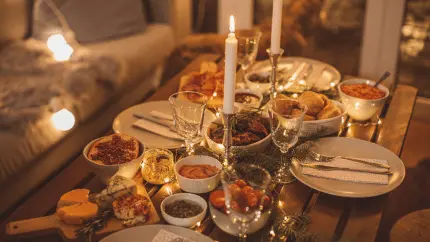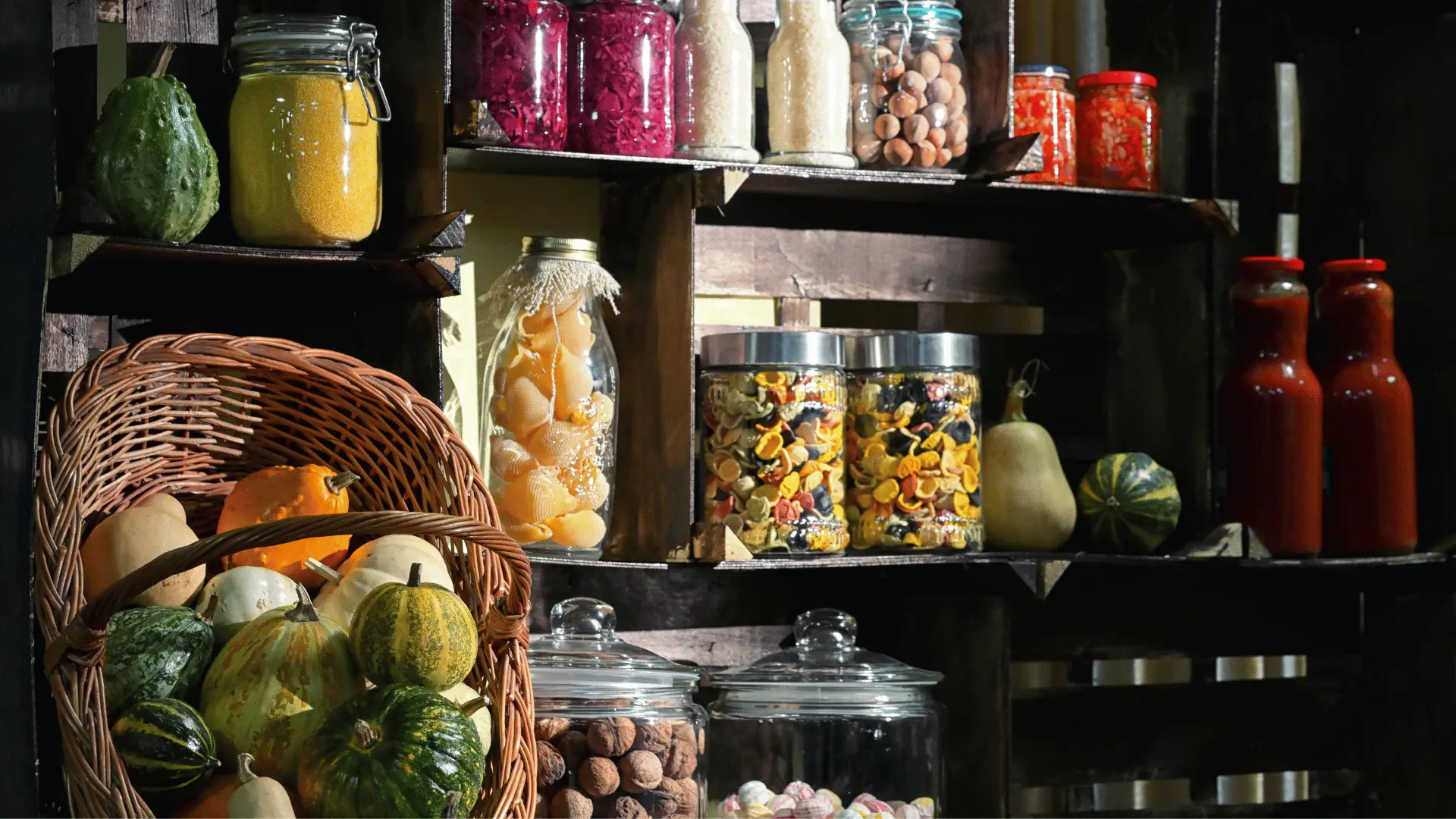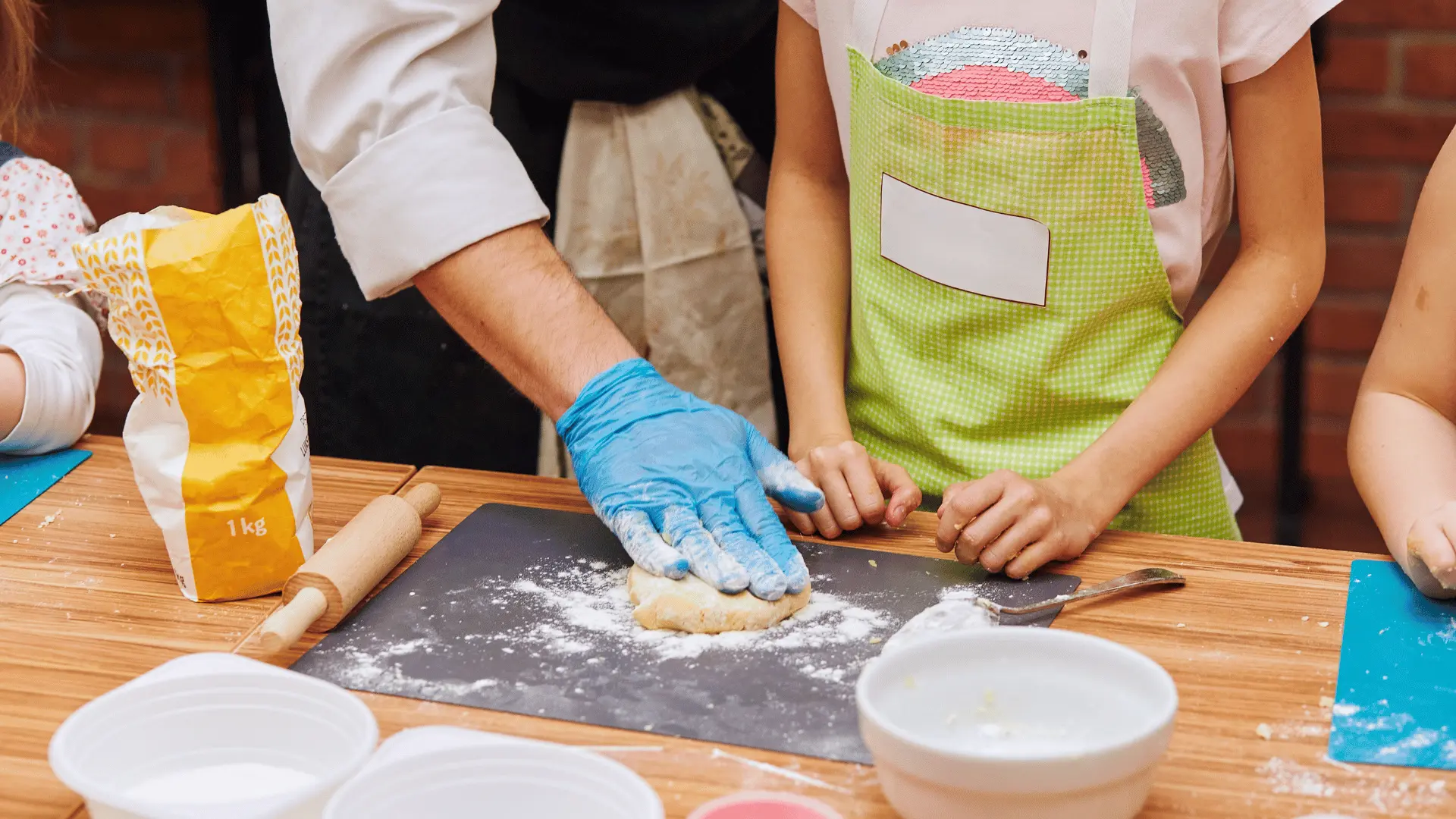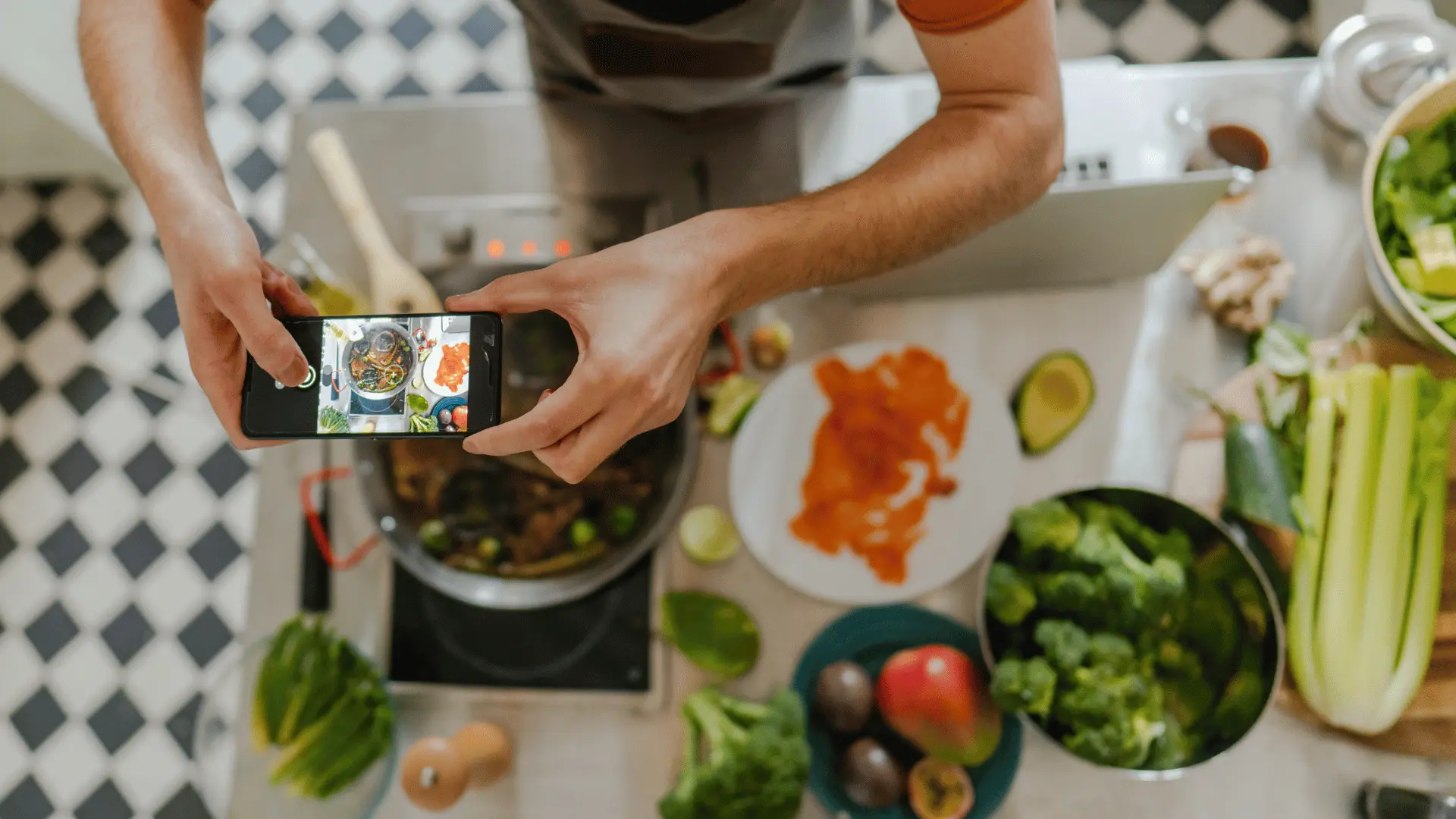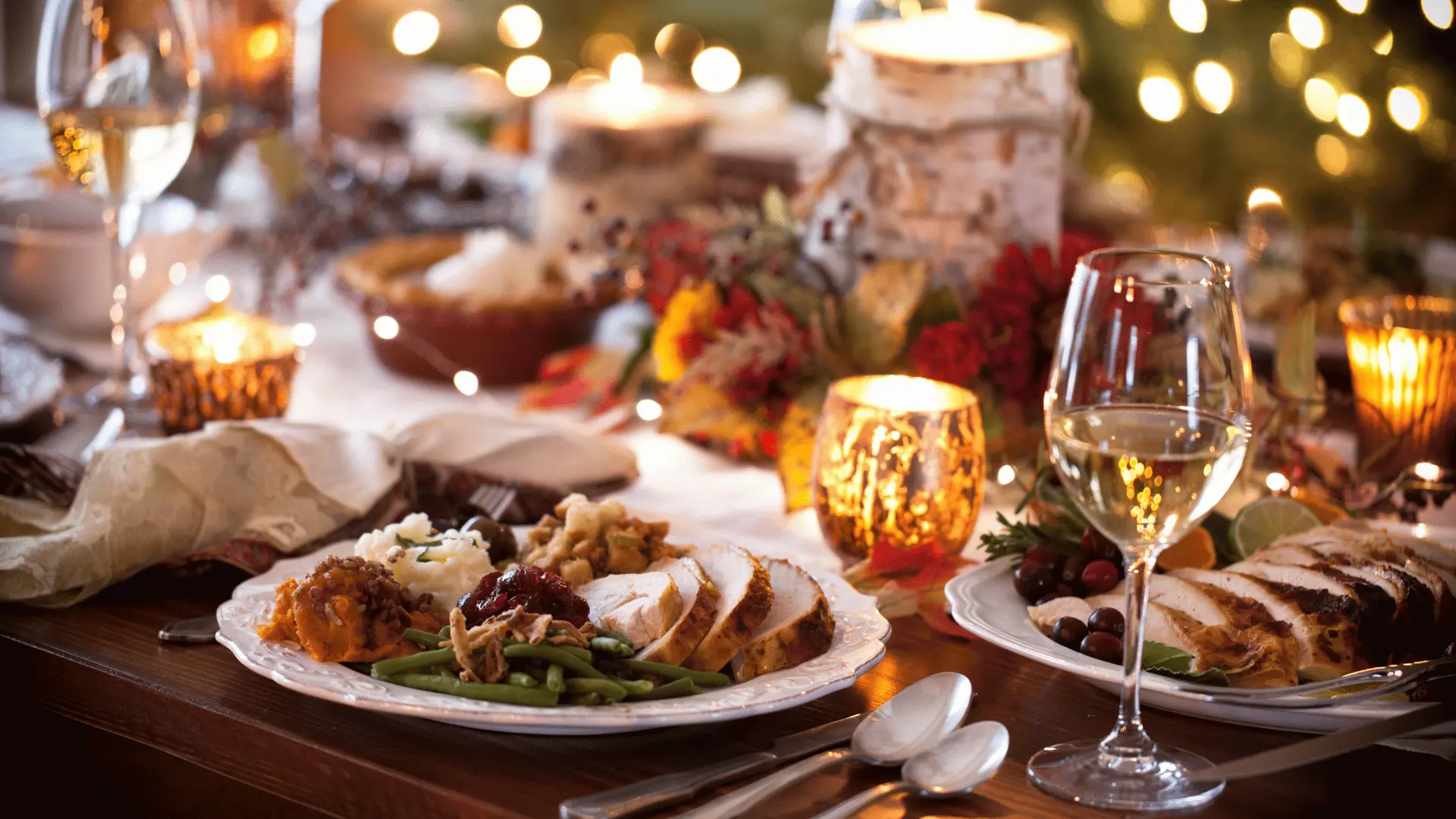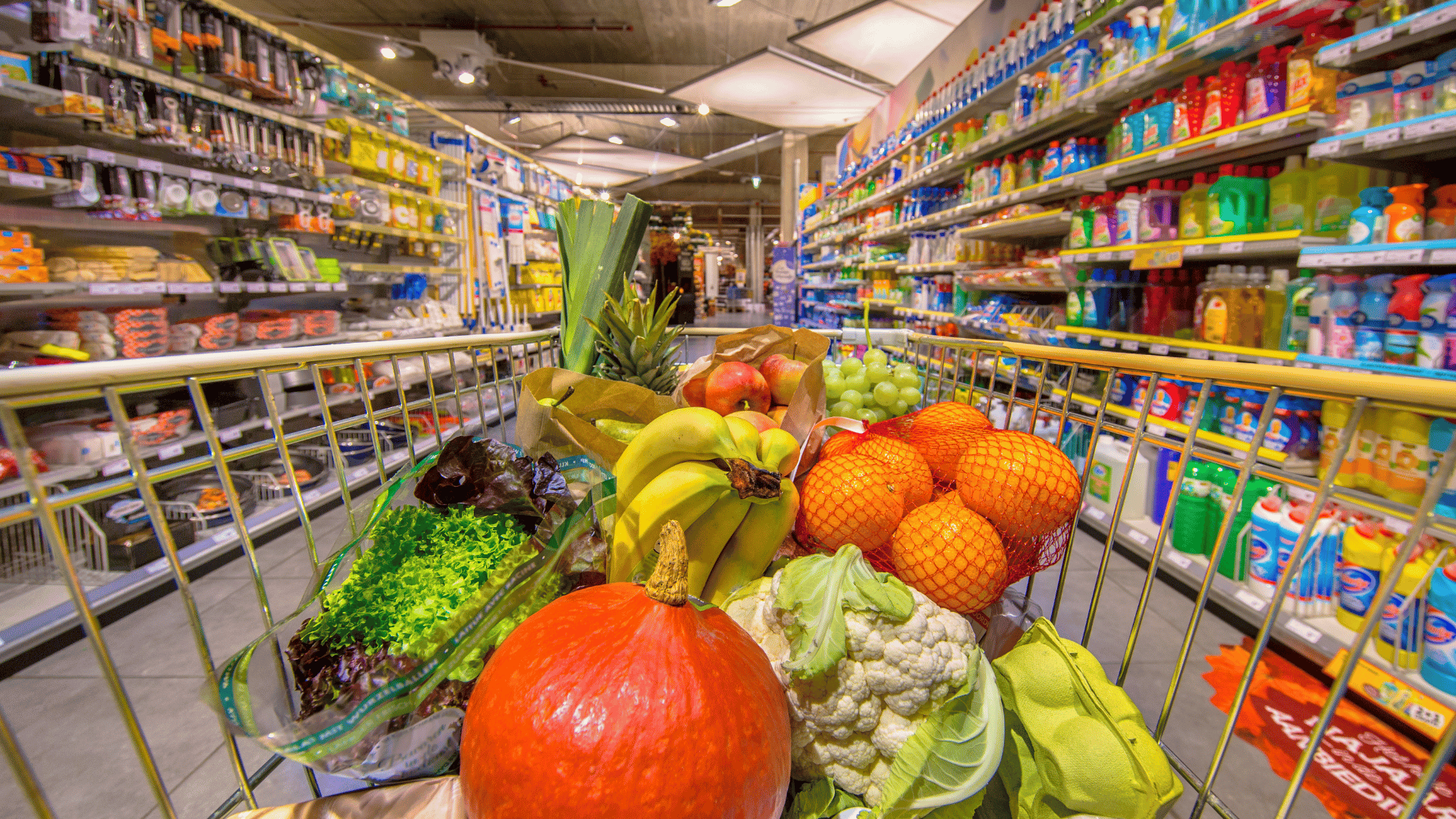
Paper vs. App vs. Memory: Which Grocery Method Really Saves You Money?
Everyone has a go-to grocery strategy. Some of us swear by a folded paper list stuck to the fridge. Others rely on memory and habit: the same aisles, the same items, week after week. And more and more home cooks build digital lists inside planning apps. The question is simple: which method actually saves you the most money—and your sanity—over an entire week of real meals?
We set up a side-by-side test using three common approaches: Paper List, App-Based Planning (with Recipe Memory's Grocery List Generator), and Memory-Only. We measured three outcomes families care about most: time (planning + shopping), spend (checkout total), and waste (unused food by week’s end). Below are the results—and the practical takeaways you can use on your next shop.
The Setup: Same Week, Same Meals, Three Methods
To keep things fair, we created a consistent, realistic menu for a Monday–Sunday stretch:
- Roast chicken with carrots and potatoes
- Taco night (ground turkey, peppers, onions)
- Pasta primavera with seasonal veggies
- Sheet-pan salmon with broccoli
- Vegetable soup + grilled cheese
- Leftover night
- Simple Friday pizza (homemade dough or store-bought crust)
We ran the list three different ways:
- Paper List: We skimmed the pantry, wrote a checklist by category (produce, dairy, pantry), and stuck to it. Any changes happened with pen marks in the aisle.
- App-Based Planning: In Recipe Memory, we scheduled those seven meals on the calendar. The Grocery List Generator pulled all ingredients into one list, grouped by store sections. We crossed off what we already had, adjusted quantities, added breakfast staples, then shopped the list, aisle by aisle.
- Memory-Only: No written list. We went by habit, recalling recipes and estimating what was at home.
What We Measured (and Why It Matters)
- Time: Minutes to plan + minutes in store. Time is energy—you feel it on a busy week.
- Spend: Checkout total. We included everything purchased on that trip.
- Waste: Usable food left uneaten at week’s end (e.g., half a bunch of herbs, forgotten produce). Waste translates to lost dollars.
Results: The Side-by-Side Outcomes
Every household is different, prices vary by region, and your store layout might be kinder than ours. Still, a few dependable patterns emerged across our run:
1) Time
- Paper List: Planning took longer up front (gathering recipes, rewriting ingredients), but the shop itself was relatively smooth. The biggest time sink came from mid-aisle edits when we realized we’d missed quantities or duplicates.
- App-Based Planning: Fastest overall. The list built itself from the scheduled meals, and grouping by store section cut backtracking. Edits (substituting rigatoni for penne, adjusting quantities) were instant.
- Memory-Only: Minimal planning time—but a longer, meandering shop. We doubled back often, second-guessed pantry items, and added a few extras “just in case.”
2) Spend
- Paper List: Reasonable spend. Sticking to a written plan helps, but it’s easy to miss small items (like broth or tomato paste) and return midweek, which often adds impulse buys.
- App-Based Planning: Lowest spend in our test. Because the list matched the exact meals, there were fewer surprises and no midweek fill-in trips. We also noticed fewer duplicates—no accidental second jar of cumin.
- Memory-Only: Highest spend. Without a list, we leaned on habit (buying usual items whether they fit the plan or not) and grabbed sale end-caps that didn’t serve the week’s meals.
3) Waste
- Paper List: Low-to-moderate waste. One-off produce (half a bunch of cilantro, extra scallions) lingered by week’s end unless we remembered to repurpose them.
- App-Based Planning: Lowest waste. Because the plan reused ingredients across two or more meals (e.g., the roast chicken became soup; the peppers worked for tacos and pizza), we ended with nearly no leftovers languishing.
- Memory-Only: Most waste. Buying “what we always buy” didn’t align with the week’s recipes, so extras sat unused.
Why App-Based Planning Pulled Ahead
The advantage wasn’t flashy. It was a series of small efficiencies that added up:
- Lists from real meals: When your list is generated directly from recipes on a calendar, every item has a job. That purpose anchors decisions and blocks impulse buys.
- Automatic grouping: Recipe Memory organizes by section (produce, dairy, pantry), so you move decisively. Less wandering = fewer temptations.
- Frictionless edits: Swapping zucchini for broccoli? Already have chicken stock? A few taps update the list and your plan stays intact.
- Ingredient reuse: It’s easy to visualize how ingredients stretch across multiple meals (e.g., onions in tacos, soup, and pizza), which cuts waste.
- One-and-done shops: Planning reduces midweek top-ups—the hidden budget buster where impulse spending sneaks in.
When Paper Still Holds Its Own
Paper lists can work well, especially if you’re cooking from a tight rotation of family staples. A few ways to keep paper competitive:
- Write by department: Group items by store area before you go.
- Note quantities: Add specifics (2 cups broth, 1 lb turkey) to avoid midweek runs.
- Build a master checklist: Keep a reusable template (pantry, produce, dairy) and highlight what you need.
- Capture swaps: Leave space for substitutes so you don’t overbuy when the exact item is out of stock.
Where Memory Falls Short (and How to Use It Wisely)
Seasoned home cooks can “shop from memory” for quick fills, but it’s a risky strategy for full-week shops. Memory excels in one scenario: tight, specific errands—like milk, bananas, and a loaf of bread. For full menus, rely on a list and let memory help with in-store substitutions: “They’re out of kale? Spinach will do.”
Turn Your Next Shop Into a Mini Experiment
Curious how these methods play out in your kitchen? Run a quick test:
- Pick a 5–7 meal plan: Include at least one recipe that repurposes leftovers (e.g., roast chicken → soup).
- Week 1 – Paper: Track time planning and shopping, total spend, and what’s tossed at week’s end.
- Week 2 – App: Plan the same or similar meals in Recipe Memory. Use the Grocery List Generator, cross off pantry items, and shop the grouped list.
- Week 3 – Memory: No list, same style of meals. Measure the same outcomes.
- Compare: Which was fastest? Which led to fewer midweek trips? Which ended with the least waste?
You may find what we did: memory feels flexible, paper feels familiar, but digital planning quietly outperforms across time, spend, and waste.
Practical Tips to Save Money—Whichever Method You Use
- Start with meals, not items: A plan first, list second. It’s the single biggest predictor of lower spend.
- Shop your kitchen: Cross off what you have before you go.
- Use ingredient overlap: Feature onions, herbs, or greens in multiple recipes to prevent half-used bunches.
- Batch prep your high-waste items: Chop extra peppers or roast extra veg on day one; store for midweek meals.
- Build a “flex line” into your list: A small budget for seasonal produce curbs impulse splurges elsewhere.
- Route by department: Whether on paper or app, group by aisle to avoid detours.
- Audit your cart at the end: Match items back to planned meals. If something doesn’t have a job this week, put it back or schedule it in.
How Recipe Memory Supercharges the Money-Saving Habits
- Auto-built lists from your calendar: No retyping ingredients; fewer errors and duplicates.
- Department grouping: Aisle-by-aisle flow trims shopping time and distractions.
- Quick substitutions: Adjust quantities and swaps in seconds—your list updates instantly.
- Gatherings integration: Hosting? Assign dishes and let others’ contributions reduce your spend (and prevent duplicates).
- Save and reuse plans: Repeat “great weeks” with one tap and lock in savings.
FAQ: Paper vs. App vs. Memory
“If I love paper, should I switch?”
Not necessarily. If paper is working, keep it—and upgrade it. Draft the plan in Recipe Memory so the list is accurate, then print it or copy it down by section.
“Isn’t an app just another screen?”
We hear you. Our approach reduces screen time by doing the thinking ahead. In-store, you’re following a short, organized list instead of scrolling endlessly.
“What if my store is out of something?”
Use your plan to guide substitutions. In Recipe Memory, swap the ingredient and the list updates, so your next shop stays tidy too.
The Bottom Line
If your goal is to save money, shave minutes, and cut waste, planning with an app-driven list took the lead in our test. Paper can still work—especially with strong habits—but memory-only shopping underperformed across all three outcomes. The winning formula is simple: plan meals you’re excited to cook, let your list flow from that plan, route your shop by department, and make small, intentional swaps when needed.
Key Takeaway
When the list is built from real meals—and organized for how you actually shop—you spend less, waste less, and get time back. That’s exactly what Recipe Memory was designed to do. Whether you’re a paper loyalist or a digital convert, start with the plan, and let every item in your cart earn its place.
Love what you’re reading?
Join Recipe Memory today to save your favorite recipes, plan meals with ease, and create smart grocery lists ...all in one place.
